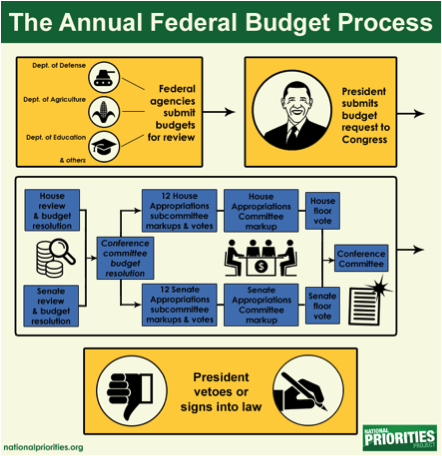By Abigail Pastore
On April 26th, 2017 scientists from around the nation traveled to Washington, DC to meet with over 70 offices of US representatives to discuss the future of biological research in the United States. This event was coordinated by American Institute of Biological Science and Biological Ecological Science Coalition. I was honored to attend this event to represent the American Society of Naturalists.
During my two days in DC, I learned a lot about science policy and how capital hill works. Below I describe what I learned during my experience. On Day 1, I heard from many scientists who have worked in policy positions in DC, I learned how science funding works and I was trained on how to talk to politicians about science. On Day 2, we had congressional meetings!
DAY 1
As much as we sometimes ignore it, policy and science and inextricably linked. To start with, most science is funded by government agencies like, NSF, NOAA, and NIH. Subsequently we have a duty to disseminate our work to the population that is funding this research. Ultimately, civilians who understand and value science will elect representatives who care about science as well. Those politicians have the power to make the budgets that fund NSF and other organizations. And ultimately management of our natural lands and wildlife comes from policy, not directly from scientists. So scientists have a vested interested in being involved in all of these steps, not just the science part.

Policy careers
Many of the participants at the congressional visit day spoke about their individual journeys that merged science and policy. In fact there are many avenues and careers paths for scientists that include policy. For example, AAAS Science and Technology Policy Fellows facilitates scientists’ interactions with government organization as consultants, there are internships at the White House in the Office Science and Technology Policy, and NOAA’s Knauss Fellowship is for those interested in marine policy. There are also several state level policy fellowships. Furthermore, ESA has a policy section, where you can find the Ecologists Guidebook to Policy among other things. Or check out ESEP, a science policy engagement coalition. Most policy jobs involve a lot of communicating and translating science for a broader audience.
Public Engagement
Getting involved in science policy goes hand-in-hand with communicating to the public about science, and the benefits of science research for society. For tips, check out Frontiers’ issue on public engagement. Additionally, check out AAAS’s workshops for communicating science. Ultimately, the most meaningful change happens at the local level, engaging with representatives in your home state puts a face and a story to these issues that is influential for politicians when they are making decisions about policy.
How the National Budget gets Made
Congress is the body of government that makes expenditures. The president must make a budget request which must be approved by congress. Every fiscal year, the president puts forth a budget which congress must approve. Once congress gets the budget, it undergoes congressional hearings and budget resolutions. Then an appropriations bill is drafted which would authorize the government to spend money. This bill must be approved by the house and the senate before it is resolved in conferences, then signed by the president into law. So ultimately representatives in the house and the senate are very influential in how the government spends money.

Science funding makes up about 1% of the national budget. And funding is expected to decrease due to sequestration and the new administration.
Preparing ‘the ask’
The goal of the congressional visit day was to advocate for science funding. We went into each meeting asking for $8 billion for the National Science Foundation for fiscal year 2018. We each prepared our own personal stories about how the NSF has affected us and the states we live in. When preparing our stories we were charged to make three points that were, specific, memorable and demonstrative.
DAY 2
Visiting Congress
I personally visited with 7 congressional offices from Florida, Maine and New Hampshire with a few other scientists. In general, we met with congressional assistants that took notes in the meetings so they could report back to our representatives. Everyone was very friendly, respectful and engaged. I told my story about how NSF funding has allowed me to get training in cutting edge technologies to study bacterial communities which have broad applications for plants in an agricultural setting. Others with me told stories of invasive species, wetland restoration and marine lab outreach programs.
I learned that congressional aids really love talking about invasive species. I was impressed with all the positive feedback and support these offices expressed. Even Marco Rubio’s office offered that Senator Rubio is in favor of research and development. Ultimately we all have the power to make these kinds of connections in our home states. Office visits are said to be the most influential visits for politicians. It’s important to remember that these politicians are our representatives and it is their job to listen to us. At the end of the day, we don’t know the balance of things to consider in the minds of politicians so our best chance is to lend support and tell compelling stories where we can.

